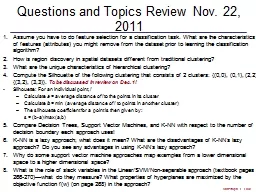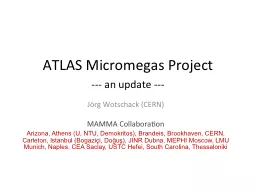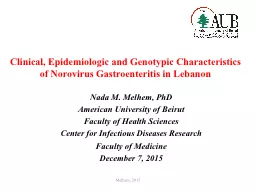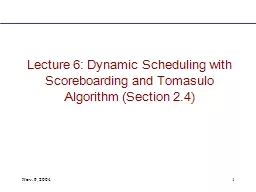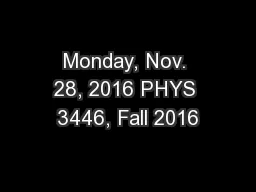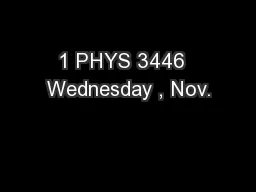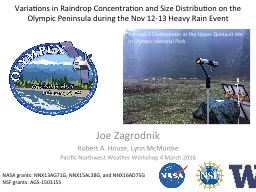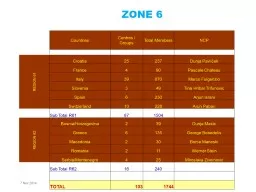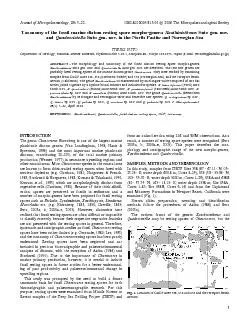PPT-Questions and Topics Review Nov. 22, 2011
Author : olivia-moreira | Published Date : 2015-09-26
Assume you have to do feature selection for a classification task What are the characteristics of features attributes you might remove from the dataset prior to
Presentation Embed Code
Download Presentation
Download Presentation The PPT/PDF document "Questions and Topics Review Nov. 22, 201..." is the property of its rightful owner. Permission is granted to download and print the materials on this website for personal, non-commercial use only, and to display it on your personal computer provided you do not modify the materials and that you retain all copyright notices contained in the materials. By downloading content from our website, you accept the terms of this agreement.
Questions and Topics Review Nov. 22, 2011: Transcript
Download Rules Of Document
"Questions and Topics Review Nov. 22, 2011"The content belongs to its owner. You may download and print it for personal use, without modification, and keep all copyright notices. By downloading, you agree to these terms.
Related Documents

